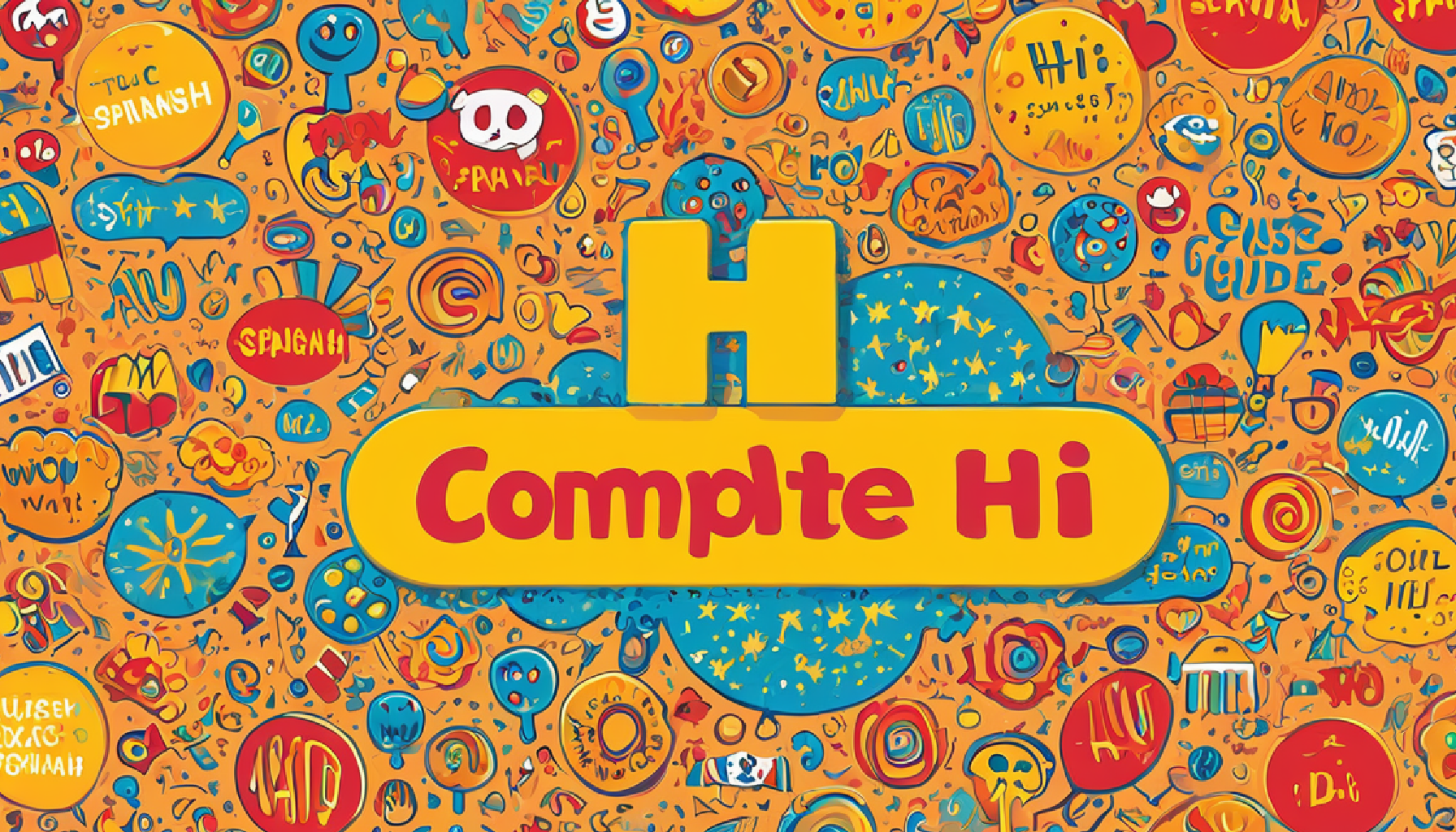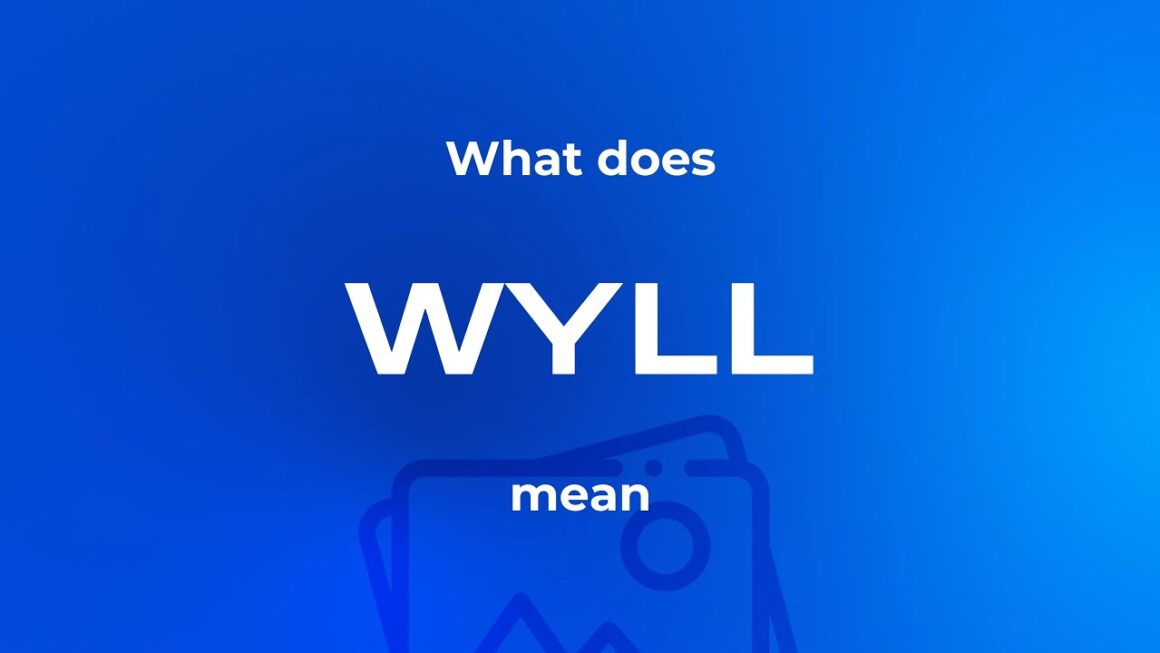Many fluent speakers say the first thing they learn in Spanish is to just be able to say “hi”. Just a basic, important hello that sparks the beginnings of conversations and connections. Whether you are going to a Spanish-speaking country, get new friends or just want more language skills knowing how to say hi in Spanish is benefitial. In this article there are several phrases related to saying hi in Spanish along with how characters can be used, by grammar rules and recommendations for their correct application.
Why Learning to Say Hi in Spanish is Important
With more than 460 million speakers of native language, Spanish sits as one of the top count for languages with such a huge speaking population. It is the official language of 21 countries (as in Spain, Mexico and most countries in Central and South America) Brand: Saying hello in the native language of someone is respectful and inclusive, it builds trusts rapport as well.
Useful Words and Phrases to Say “Hi” in Spanish
The simplest and most common way to say hello in Spanish is Hi. OH-LA: An almost all-purpose greeting for both formal and less so situations.
1. Hola
In Spanish-speaking countries, “Hola” is the universal greeting. In many ways, this is similar to English “hi” or “hello”. You can use this to say hi to friends, family members, coworkers and even strangers. Considering The Nwsl Is So New, This Word Went Anywhere
Example:
- Hola, ¿cómo estás? (Hi, how are you?)
2. Buenos Días / Buenas Tardes / Buenas Noches
Morgen, and bij voorbeeld (Good morning/evening/day for example): these are time specific greetings a bit more formal. Those are to open a good morning, afternoon and evening/night, respectively.
- Buenos días – used until about noon.
- Buenas tardes (Good afternoon) – used from noon until sunset.
- Buenas noches (Good night) – used after dark.
Example:
Buenos días, señor García (Good Morning, Mr. Garcia)
3. ¿Qué Tal?
This means “What are you doing? or “How’s it going?” and is usually informal It Is The Best Way For Casual Greeting Of Friends And Fam???
Example:
¡Hola! ¿Qué tal? (Hi! What’s up?)
4. ¿Cómo Estás?
Translating to “How are you?” This greeting is also very common and you can use this again in both formal or informal ways. The formal expression, ¿Cómo está usted? when talking to someone who you are not famillar.
Example:
Hola, María. ¿Cómo estás? (Hi, Maria. How are you?)
5. ¡Qué Pasa!
Just like “What’s going on? or “What’s up?” This is an informal greeting in English often used among friends.
Example:
¡Hola, Juan! ¿Qué pasa? (Hi, Juan! What’s happening?)
6. ¡Buenas!
Buenas Regular greeting,Informal short for Buenas tardes / noches. It is frequently used in Spain and several Latin American countries.
Example:
¡Buenas! ¿Qué tal? (Hi! How’s it going?)
Variants of Greeting in Spanish By Region
Although “hola” is universally recognized, greetings like we have in English are rarely how people greet each other in different Spanish speaking countries.
1. Mexico
In Mexico, greetings usually go along with a friendly handshake or hug and even a kiss in the cheek between friends / family. “¿Qué onda?” (What’s up?) This is a common casual greeting.
Example:
¡Hola! ¿Qué onda? (Hi! What’s up?)
2. Spain
Spain: ‘¿Qué hay?’ (What’s up?) or “¡Buenas!” for informal greetings. The usual custom for greetings is two kisses on the cheek (right side first).
Example:
¡Hola! ¿Qué hay? (Hi! What’s up?)
3. Argentina
Che (Argentina) – This is a popular slang that sample used to get someone’s attention, kind of like hey. The greeting “¿Cómo andás?” (How are you doing?) is commonly used.
Example:
¡Che! ¿Cómo andás? (Hey! How are you doing?)
4. Colombia
In Colombia, “¿Quiubo?” or “¿Qué hubo?” (What’s up?) they are Friends mostly used this term.
Example:
¡Hola! ¿Quiubo? (Hi! What’s up?)
Cultural Context and Etiquette
Significance or Signification: As the greeting styles can change according to cultural context, it is just as important that you understand how greetings are given between hispanic people. A list of tips to live by.
- Personal Space: The specifics on personal space are typically a bit different in Spanish-speaking cultures. Direct contact (such as hugging and kisses on the cheek) are also common during greeting to stand closer.
- Level of formality: Regularly use formal greetings such as “Buenos días” and ¿Cómo está usted? on first meetings, to an elder or in a formal setting.
- Tone and Respect: Your greeting should match the situation. For friends, peers: casual greetings work; respectful or professional interactions call for a formal greeting
Expanding Your Vocabulary
Where `hola` and these other phrases are crucial, using different types of words more regularly will make you sound a lot smoother in Spanish. More phrases and expressions here –
- Saludos (Greetings)
- ¿Cómo te va? (How’s it going?)
- ¡Qué gusto verte! (Nice to see you!)
- ¡Hey! (Hey!) – Very informal usage
Practice Makes Perfect
Practice is key if you want to get good with these greetings. Use them in live conversations, at language exchange meetups or even with a Spanish-speaking friend of yours. The more you get used to them, the less awkward they seem.
Conclusion
Learning to say “hi” in Spanish isn’t just about memorization: it’s also regarding the cultural nuances and mannerisms that come along. No matter if you use “hola”, “buenos días” or region-specific phrasal greeting, addressing someone in their language is beneficial for respect and to create real connections. Use these greetings during your daily conversations, and you will sound more like a native speaker while learning to love the language!
FAQs(in the Spanish version) about how to say Hi in Spanish
1. Common way to say Hi in Spanish
The easiest greeting in Spanish is “hi”–> hola
2. Does “hello” have a different form of expression in Spanish for each time?
Of course, good morning or buenos días, and beautiful afternoons (buenas tardes) as well as lovely nights with buenas noches at the provided time respectively.
3. How to Say Hello in Spanish – Greeting Someone Unformal?
Use “Buenos días”, “buenas tardes,” or, in a more formal setting, simply buen noches. Alternatively, you may choose to say “¿Cómo está usted? for inquiring about a well-being of someone formally
4. How to Say Hello in Spanish Informally?
Informal ways of greeting in Spanish: ¿Qué tal?, “¿Qué pasa?”, and “¡Buenas!”
5. Regional Variations for Saying “Hi” in Spanish?
Well, the answer is a mix of Yes (Regional differences) and No. For example, in Mexico: ¿Qué onda? e.g. in Argentina, you might hear them say “¿Cómo andás?”;
6. Culturally How Greetings Are Affected In Spanish Countries?
For example, cultural norms regarding physical contact during greetings or levels of formality can be very different. Cheek kisses, hugs and the use of different levels of formality are common on a relationship/stage end context basis.
7. How do I say “hi” in Spanish on the Casa Amiga Practice and Chat App?
There are many ways to practice the greetings in real conversations, participate language exchange meetups, with Spanish-speaking friends or use programs for learning languages.
8. What not to do when greeting a spanish person?
In the case of informal greetings do not abuse in formal places and respect personal space as well. Handle respectful and regardful greetings always according to context.
With these greetings under your belt, and some sure-fire cultural settings you’ll be good to go whenever the situation calls for a greeting in Spanish. Happy learning!












